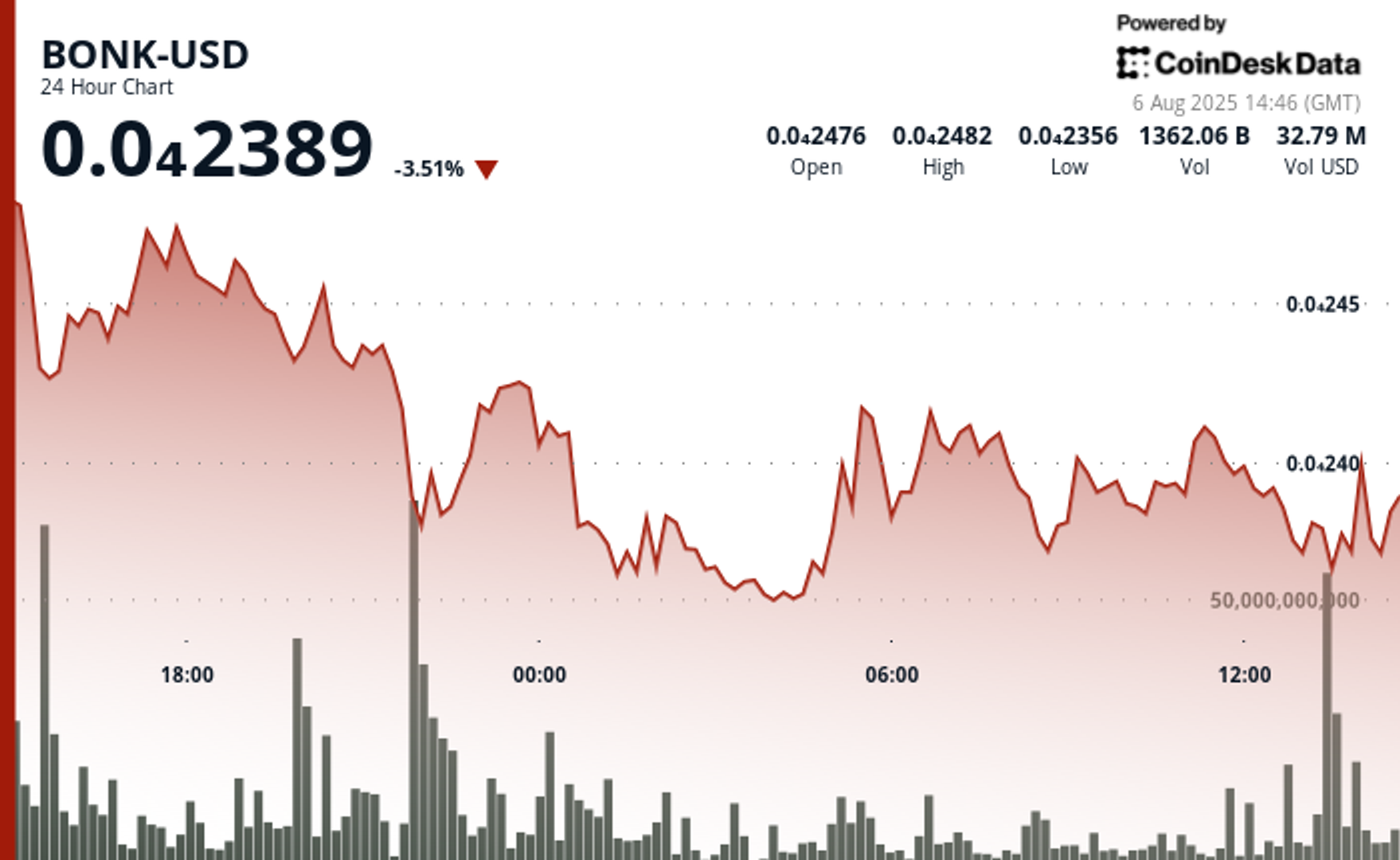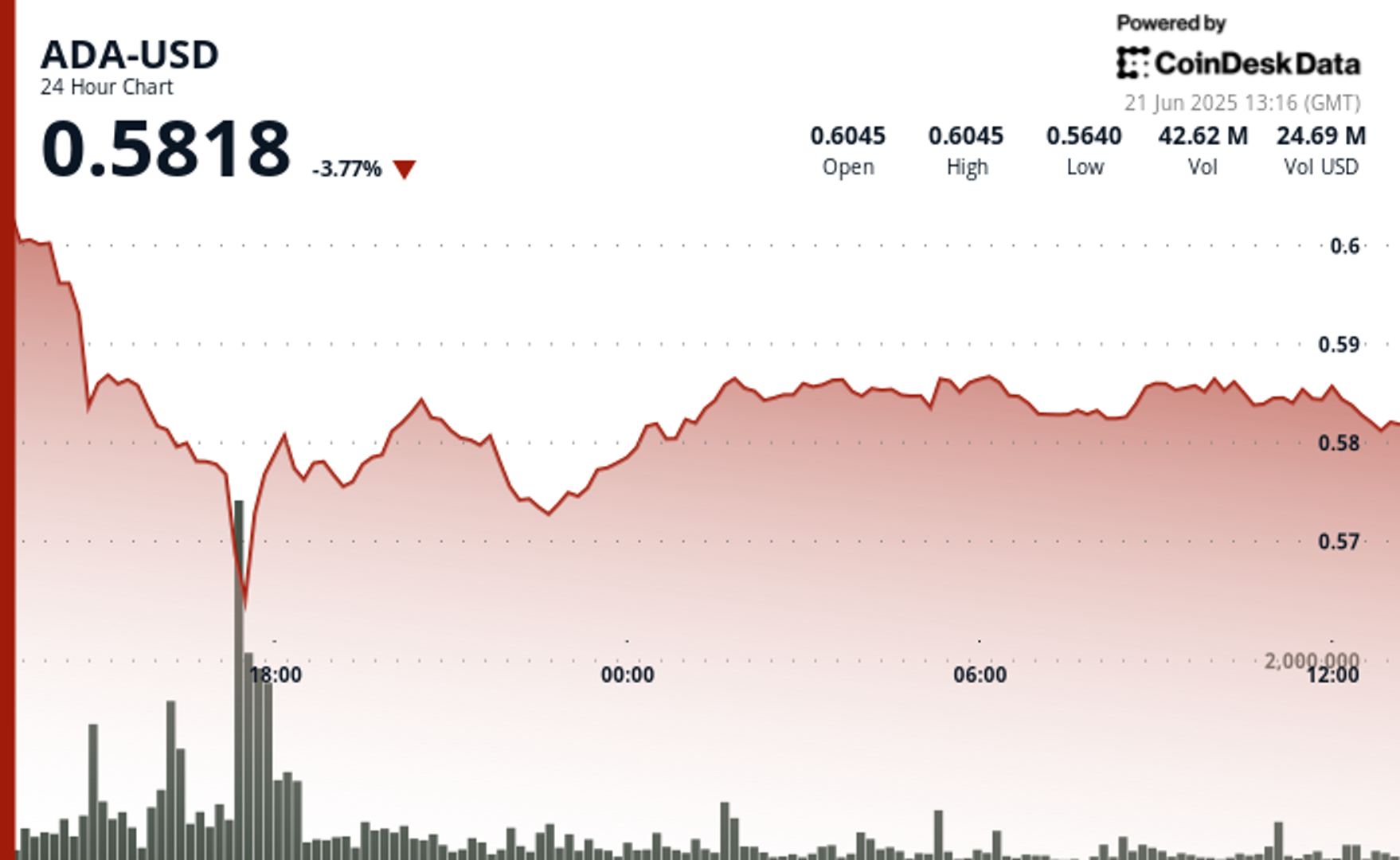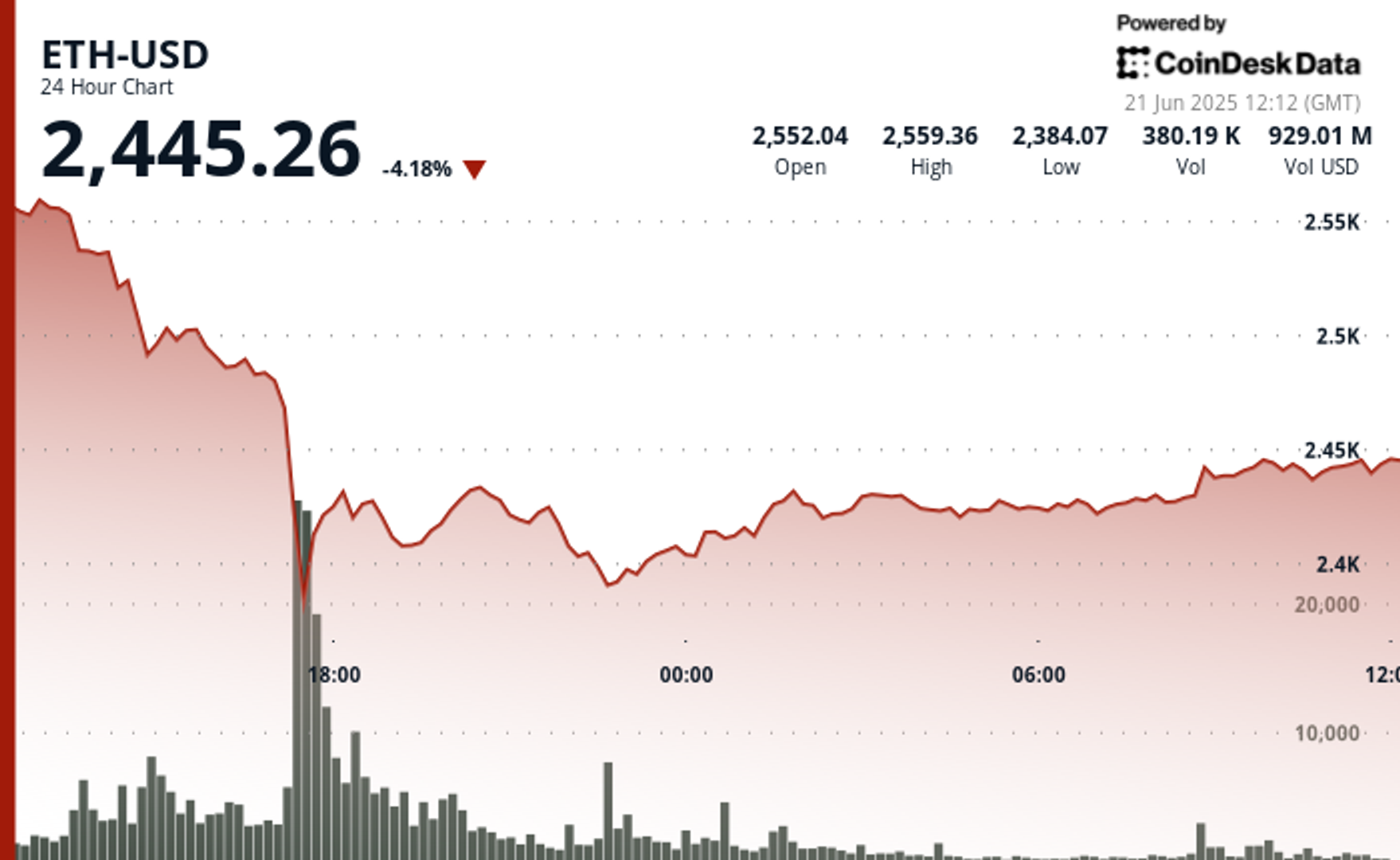The Layer 1 Fallacy: Chasing Premium Without Substance

In financial markets, startups have long sought to market themselves as "tech firms" hoping investors will value them with tech-company multiples. And often, they do — at least for a while.
Traditional institutions learned this the hard way. Throughout the 2010s, many corporations scrambled to reposition themselves as technology companies. Banks, payment processors and retailers began calling themselves fintechs or data businesses. But few earned the valuation multiples of true tech firms — because the fundamentals rarely matched the narrative.
WeWork was among the most infamous examples: a real estate company dressed up as a tech platform that eventually collapsed under the weight of its own illusion. In financial services, Goldman Sachs launched Marcus in 2016 as a digital-first platform to rival consumer fintechs. Despite early traction, the initiative was scaled back in 2023 after persistent profitability issues.
JPMorgan famously declared itself “a technology company with a banking license,” while BBVA and Wells Fargo invested heavily in digital transformation. Yet few of these efforts produced platform-level economics. Today, there’s a graveyard of such corporate tech delusions — a clear reminder that no amount of branding can override the structural constraints of capital-intensive or regulated business models.
Crypto is now confronting a similar identity crisis. DeFi protocols want to be valued like Layer 1s. Real-world asset (RWA) dApps are presenting themselves as sovereign networks. Everyone is chasing the Layer 1 “technology premium.”
And to be fair — that premium is real. Layer 1 networks like Ethereum, Solana and BNB consistently command higher valuation multiples, relative to metrics like Total Value Locked (TVL) and fee generation. They benefit from a broader market narrative — one that rewards infrastructure over applications, and platforms over products.
This premium holds even when controlling for fundamentals. Many DeFi protocols demonstrate strong TVL or fee generation, yet still struggle to achieve comparable market capitalizations. In contrast, Layer 1s attract early users through validator incentives and native token economics, then expand into developer ecosystems and composable applications.
Ultimately, this premium reflects Layer 1s’ capacity for broad native token utility, ecosystem coordination and long-term extensibility. Furthermore, as fee volume grows, these networks often see disproportionate increases in market capitalization — a sign that investors are pricing in not just current usage, but future potential and compounding network effects.
This layered flywheel, moving from infrastructure adoption to ecosystem growth, helps explain why Layer 1s consistently command higher valuations than dApps, even when underlying performance metrics appear similar.
This mirrors how equity markets distinguish platforms from products. Infrastructure companies like AWS, Microsoft Azure, Apple’s App Store or Meta’s developer ecosystem are more than service providers — they are ecosystems. They enable thousands of developers and businesses to build, scale and interact. Investors assign higher multiples not just for present revenues, but for the potential to support emergent use cases, network effects and economies of scale. By contrast, even highly profitable SaaS tools or niche services rarely attract the same valuation premium — their growth is constrained by limited API composability and narrow utility.
The same pattern is now playing out among large language model (LLM) providers. Most are racing to position themselves not as chatbots, but as foundational infrastructure for AI applications. Everyone wants to be AWS — not Mailchimp.
Layer 1s in crypto follow a similar logic. They’re not just blockchains; they’re coordination layers for decentralized computation and state synchronization. They support a wide range of composable applications and assets. Their native tokens accrue value through base-layer activity: gas fees, staking, MEV and more. Crucially, these tokens also serve as mechanisms to incentivize developers and users. Layer 1s benefit from self-reinforcing loops — between users, builders, liquidity and token demand — and they support both vertical and horizontal scaling across sectors. Read the full article here.
Most protocols, by contrast, are not infrastructure. They are single-purpose products. So adding a validator set doesn’t make them Layer 1s — it simply dresses up a product in infrastructure optics to justify a higher valuation.
This is where the appchain trend enters the picture. Appchains combine application, protocol logic and a settlement layer into a vertically integrated stack. They promise better fee capture, user experience and “sovereignty.” In a few cases — like Hyperliquid — they deliver. By controlling the full stack, Hyperliquid has achieved rapid execution, excellent UX and meaningful fee generation — all without relying on token incentives. Developers can even deploy dApps on its underlying Layer 1, leveraging its high-performance decentralized exchange infrastructure. While its scope remains narrow, it offers a glimpse of some level of broader scaling potential.
But most appchains are simply protocols trying to rebrand, with little usage and no ecosystem depth. They’re fighting a two-front war: trying to build both infrastructure and a product simultaneously, often without the capital or team to do either well. The result is a blurry hybrid — not quite a performant Layer 1, and not a category-defining dApp.
We’ve seen this before. A robo-advisor with a slick UI was still a wealth manager. A bank with open APIs was still a balance-sheet business. A coworking company with a polished app was still just renting office space. Eventually, the hype wears off — and the market reprices accordingly.
RWA protocols are now falling into the same trap. Many are positioning themselves as infrastructure for tokenized finance — but without meaningful differentiation from existing Layer 1s, or sustainable user adoption. At best, they are vertically integrated products with no compelling need for a sovereign settlement layer. Worse, most haven’t achieved product-market fit in their core use case. They bolt on infrastructure and lean into inflated narratives, hoping to justify valuations their economics can’t support.
So what’s the path forward?
The answer isn’t to fake infrastructure status. It’s to own your role as a product or service — and execute it exceptionally well. If your protocol solves a real problem and drives meaningful TVL growth, that’s a strong foundation. But TVL alone won’t make you a successful appchain.
What matters most is real economic activity: TVL that drives sustainable fee generation, user retention and clear value accrual to the native token. In addition, if developers build on your protocol because it’s genuinely useful — not because it claims to be infrastructure — the market will reward you. Platform status is earned, not claimed.
Some DeFi protocols — like Maker/Sky and Uniswap — are following this path. They’re evolving toward appchain-style models that improve scalability and cross-network access. But they’re doing so from a position of strength: with established ecosystems, clear monetization and product-market fit.
In contrast, the emerging RWA space has yet to demonstrate durable traction. Nearly every RWA protocol or centralized service is rushing to launch an appchain — often backed by fragile or untested economics. As with leading DeFi protocols transitioning towards an appchain model, the best path forward for RWA protocols is to first leverage existing Layer 1 ecosystems, build user and developer traction that leads to TVL growth, demonstrate sustainable fee generation and only then evolve toward an appchain infrastructure model — with a clear purpose and strategy.
Therefore, in the case of an appchain, the utility and economics of the underlying application must come first. Only once these are proven does a transition to a sovereign Layer 1 become viable. This stands in contrast to the growth trajectory of general-purpose Layer 1s, which can initially prioritize building a validator and trader ecosystem. Early fee generation is driven by native token transactions, and over time, cross market scaling broadens the network to include developers and end users — ultimately driving TVL growth and diversified fee streams.
As crypto matures, the fog of storytelling is lifting, and investors are becoming more discerning. Buzzwords like “appchain” and “Layer 1” no longer command attention on their own. Without a clear value proposition, sustainable token economics and a well-defined strategic trajectory, protocols lack the foundational elements required for any credible transition to true infrastructure.
What crypto needs — especially in the RWA sector — isn’t more Layer 1s. It needs better products. And the market will reward those who focus on building exactly that.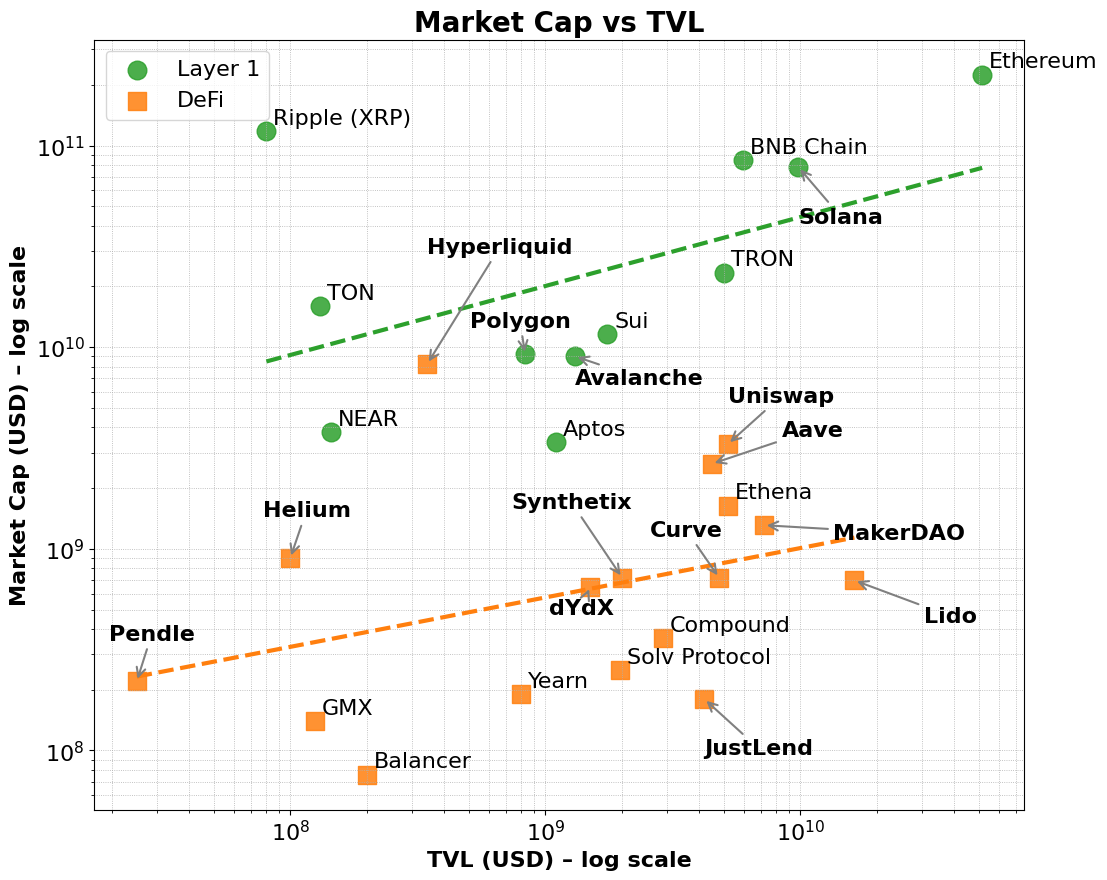
Figure 1. Market Cap vs TVL for DeFi and Layer 1s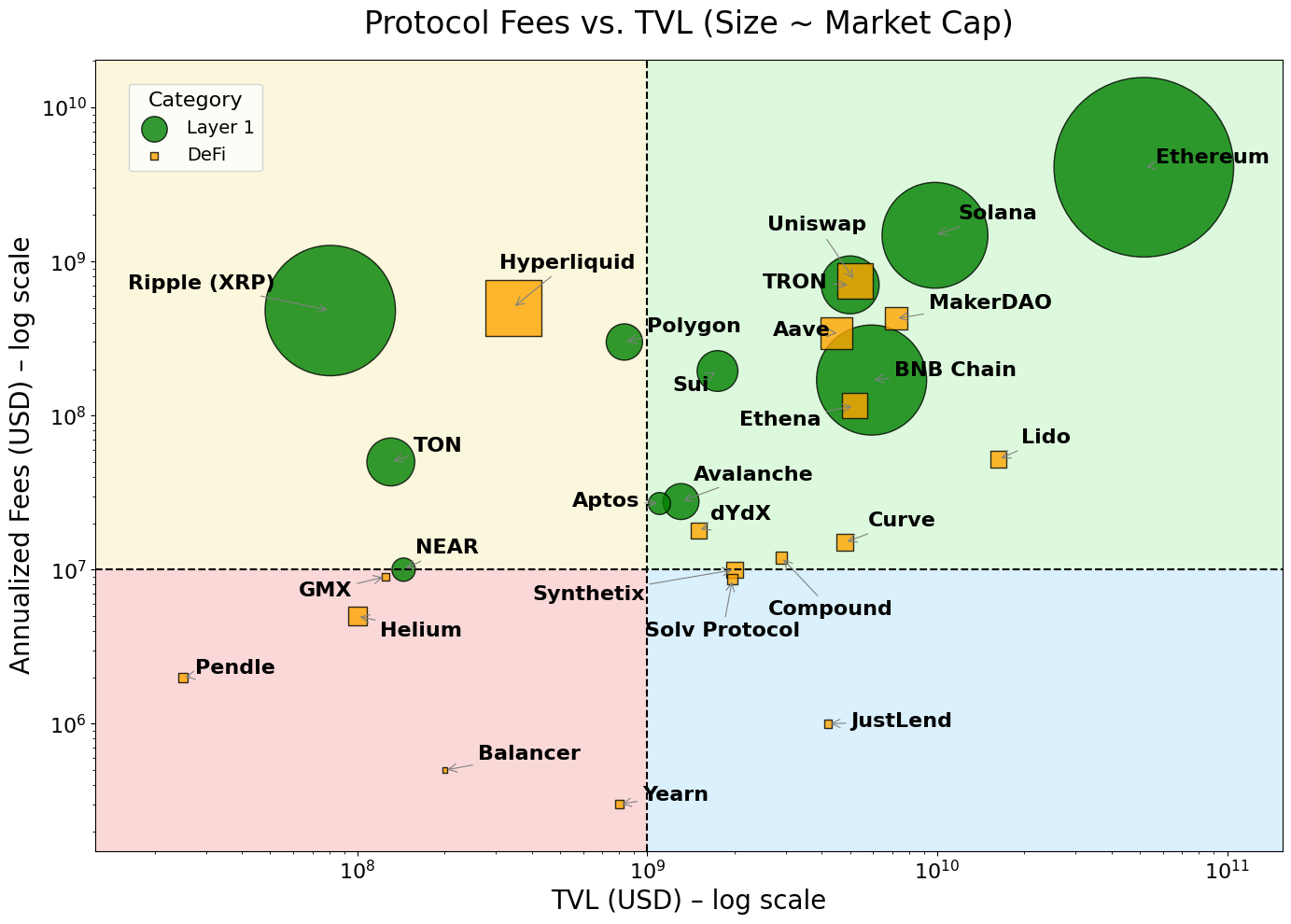
Figure 2. Layer 1s are clustered around higher fees and dApps around lower fees
What's Your Reaction?
 Like
0
Like
0
 Dislike
0
Dislike
0
 Love
0
Love
0
 Funny
0
Funny
0
 Angry
0
Angry
0
 Sad
0
Sad
0
 Wow
0
Wow
0

































